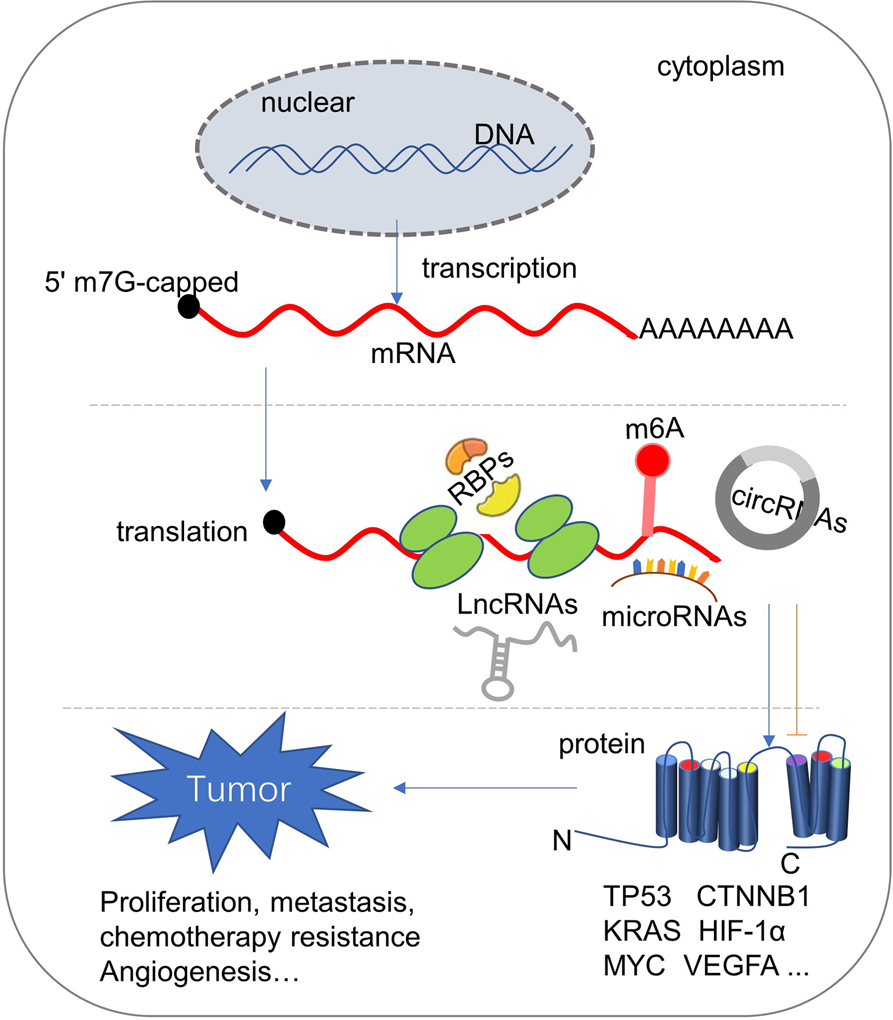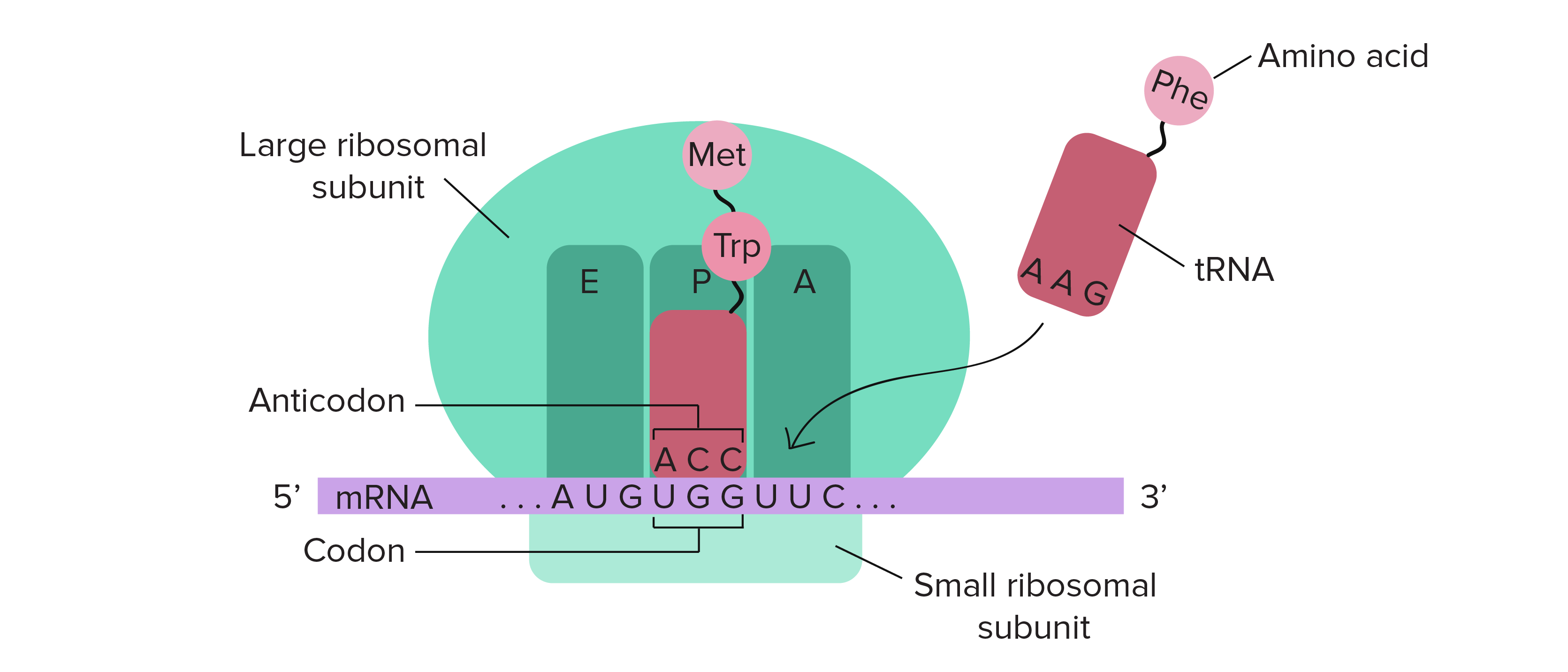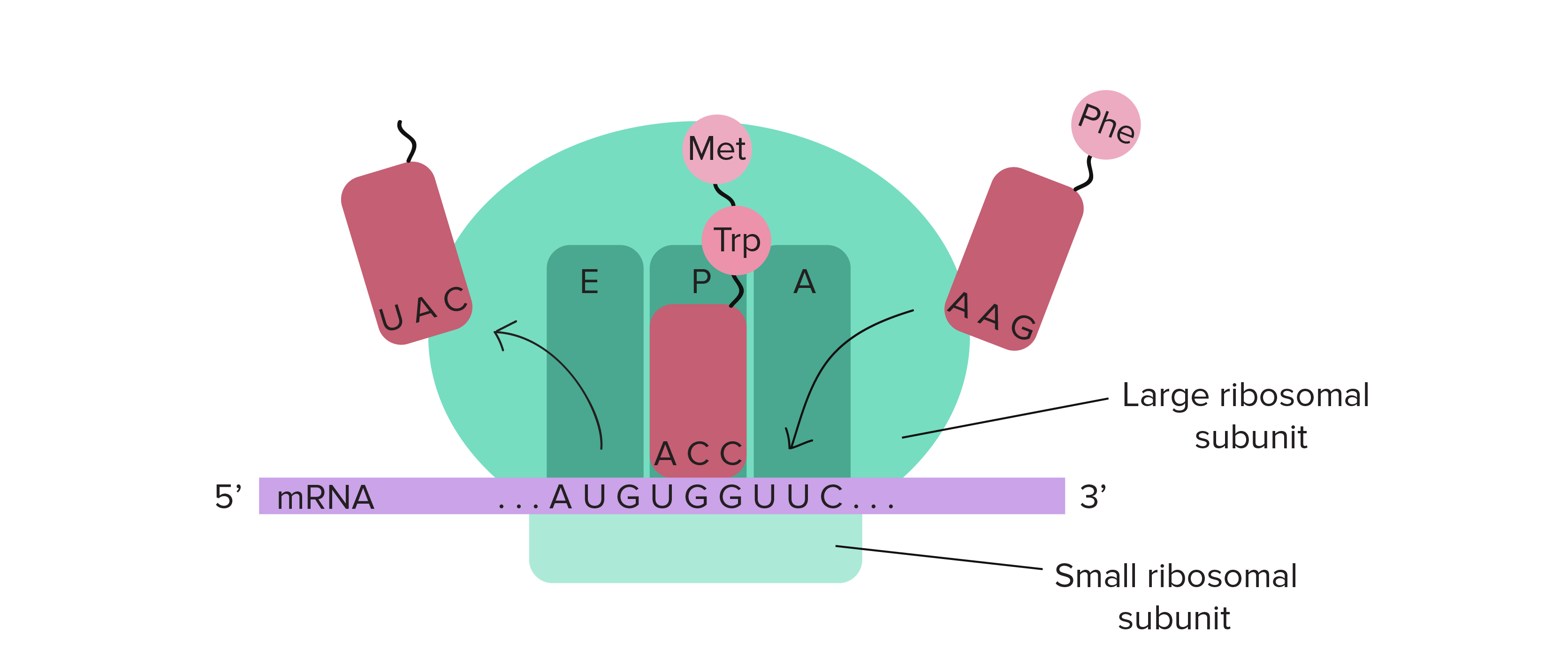Accuracy in Translation of Mrna Into Primary Structure
It is not known if such a secondary structure in the 5-UTR of mRNA-1273 Figure 2 C would hamper the cap-dependent scanning for the start codon and result in less efficient translation. Strikingly the accuracy of DegScore outperformed the accuracy of two other metrics that have been used in prior studies to parametrize RNA structure but do not take into sequence or structure-motif dependences of RNA hydrolysis.

Accuracy In The Translation Of Mrna Into The Primary Structure Of A Polypeptide Depends On Specificity In The 1 Binding Of Ribosomes To Mrna 2 Shape Of The A And P Sites
The cap protects the 5 end of the primary RNA transcript from attack by ribonucleases and is recognized by eukaryotic initiation factors involved in assembling the ribosome on the mature mRNA prior to initiating translation.

. Protein quaternary structure is the fourth and highest. In translation messenger RNA mRNA is decoded in a ribosome outside the nucleus to produce a specific amino acid chain. In such cases one uses the nomenclature eg dimer of dimers or trimer of dimers to suggest that the complex might dissociate into smaller sub-complexes before dissociating into monomers.
Capping of the pre-mRNA involves the addition of 7-methylguanosine m 7 G to the 5 end. Translation of Viral Replication Machinery 2 and Replication 3 After the viral RNA is released into the host cell polyproteins are translated. In recent years methylation of adenosine 2503 A2503 in bacterial 23S rRNA.
In ribosomal RNA rRNA methylation of nucleotide bases is the predominant modification. This GC-rich element and the secondary structure it contributes to Figure 2 C may increase mRNA stability and translation accuracy by reducing leaky scanning. Two major types of RNA are currently studied as vaccines.
MRNA vaccines have tremendous potential to fight against cancer and viral diseases due to superiorities in safety efficacy and industrial production. Post-transcriptional modifications of RNA play an important role in a wide range of biological processes. In molecular biology and genetics translation is the process in which ribosomes in the cytoplasm or endoplasmic reticulum synthesize proteins after the process of transcription of DNA to RNA in the cells nucleusThe entire process is called gene expression.
The coronavirus genomic RNA encodes nonstructural proteins NSPs that have a critical role in viral RNA synthesis and structural proteins which are important for virion assembly. To date the coronavirus disease 2019 COVID-19 caused by severe acute respiratory syndrome coronavirus 2 SARS-CoV-2 has determined 399600607 cases and 5757562 deaths worldwide. The free energy of the predicted minimum free energy secondary structure the metric used in several design algorithms including.
Vanja Stojković Danica Galonić Fujimori in Methods in Enzymology 2015. In some cases proteins form complexes that then assemble into even larger complexes. 7 shows the initial and final structure of a single mRNA sequence for 100 ns MD simulation which shows that the mRNA sequence is folded in the water solution.
In recent decades we have witnessed the development of different kinds of mRNAs by sequence optimization to overcome the disadvantage of excessive mRNA immunogenicity instability and inefficiency. 8 displays the final structure of four lipid systems ionizable lipid as SM-102 or MC3 and N P ratio of 31 or 61 for 200 ns MD simulation. MRNA is the intermediate step between the translation of protein-encoding DNA and the production of proteins by ribosomes in the cytoplasm.

The Regulation Of Protein Translation And Its Implications For Cancer Signal Transduction And Targeted Therapy



Comments
Post a Comment